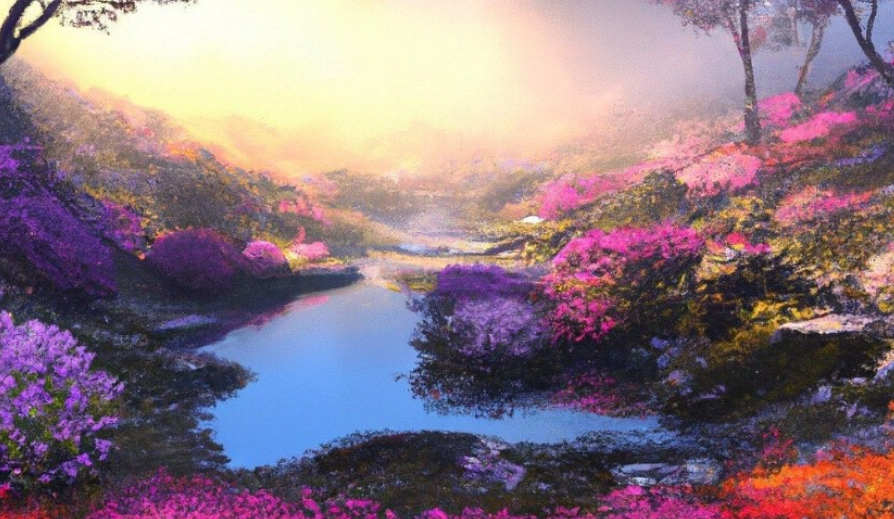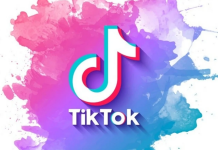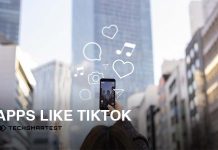
DALL-E’s visuals are amazing, but the AI isn’t starting from scratch. If they can create them, it is thanks to the fact that they have been trained with millions of images from the internet. What that AI does is base itself on the images that match the key elements of the description that we give it.
Sometimes the resulting image is remarkably similar to the original photo. This has sparked debate again: isn’t AI infringing the copyrights of the original artists or creators of the photo? The answer is not easy, because the World Intellectual Property Organization (WIPO) itself is reflecting on how to adapt copyright laws to the rise of artificial intelligence.
That picture looks a lot like mine. Some artists have already started to complain. Tools like DALL-E Mini take advantage of images from the network to generate others, but they do so in an opaque way and without the possibility of establishing to what extent the original image has been used.
The evidence is often obvious, but for an artist, it is practically impossible to determine how the process has been. For this reason, they have raised their voices and requested that AIs comply with copyright, even though for the moment it does not seem that companies like OpenAI are having much concern in this field.
An AI cannot be considered an author. And therefore there is no infringement. As WIPO explains, copyright laws establish that only one person can be the author of a creative work. In Spain, this is expressly included in the Intellectual Property Law: “A natural person who creates a literary, artistic or scientific work is considered an author”. Thus, the creation of a machine or AI like OpenAI is not considered an infringement, because there is no authorship.
The same position was adopted in 2019 by the US Copyright Office, establishing that “works produced by a machine or a mere mechanical process that works randomly or automatically without any contribution or creative intervention from a human author will not be registered.”
Alejandro Touriño, the managing partner of ECIJA and head of the information technology area, points out to Xataka that “the literalness of the norm yields two non-peaceful interpretations to date: (i) on the one hand, understanding that the work is the result of the AI is not protected by copyright; or (ii) from another, understand that the author and owner of the work created by the AI is the owner of the AI itself that produces the creations.”
Taking advantage of this legal situation, big tech companies are training their machines with large databases without worrying about possible intellectual property conflicts. The matter is far from closed. Nerea Sanjuán, a lawyer from Uría Menéndez’s Commercial Law Department, explains that “the possible legal solutions that arise in this matter include revolutionary solutions that would confer the status of “author” of the work on the machine itself.”
Is there creativity or is it just a good combination? The Google engineer who spoke to LaMDA was convinced that AI had a conscience. It’s hard to believe. However, it is a much more earthly debate whether AIs like DALL-E keep creativity and are original. That is to say: the resulting images are a creative work or simply a complex combination of other images. It’s a subtle difference, but it’s what ultimately determines the copyright debate.
To determine if it is a derivative work, we should “look at how the AI works, how it reformulates or transforms the work, how it learns and creates the new elements and based on patterns that it sees that work. We would have to look at it on a case-by-case basis and the exceptions applicable”, explained Xataka, Sergio Carrasco, a lawyer from Fase Consulting.
The problem is that by not being able to audit the code of these AIs, establishing how it works is much more complicated. Unfortunately, this issue is not even being discussed in the future legislation on Artificial Intelligence of the European Union.
“The particularity here is that the work produced by DALL-E Mini does not seem to start from a single work but from many, so its creator could take advantage of the principle of free inspiration enshrined in our jurisprudence and that determines that inspiration is free and does not require the authorization of the owner of the rights of each of the works in which the resulting work is inspired”, explains Touriño. “In short, you can’t copy a work, but you can be inspired by many to create a new original work.”
DALL-E puts the scope of the Creative Commons license against the ropes. Training tools like DALL-E Mini are based on open datasets, one of them being YFCC100M, which contains some 99.2 million Flickr photos, all shared under various Creative Commons licenses.
But the massive and indiscriminate use of these images does not sit well with the CC license. An equivalent case is the one that occurred with Github Copilot, where Julia Reda, the sole representative of the Pirate Party in the European Parliament, explained that “those who argue that it is a work derived from the training data expect that production to be published under the same GPL license “. That is, if they use a Creative Commons image of mine, I expect the AI image to be released under this license as well.
Microsoft offers something that OpenAI doesn’t yet: a duplication detector. The difference between some AIs and others is a matter of complexity, because the operation, in the end, is the same. Github Copilot is an AI that learns from other people’s code, while OpenAI’s DALL-E is an AI that learns from other people’s images. In the case of Microsoft, to tackle this dilemma, a duplication detector began to be offered. A tool that offered the ability to “include proper attribution or choose not to use the code at all.”
However, this option might not be feasible in OpenAI due to the complexity and difficulty in determining to what extent an image has been relevant.
The solution, if there is one, goes a long way. We are at the gates of knowing what are the implications of these tools based on artificial intelligence. Even though this issue is being debated within the World Intellectual Property Organization, there is no concrete initiative for the application of a change.
A possible solution that some experts propose is the creation of a newly created copyright for massive use by AI, for specific cases. An addition that should be part of future legislation and would greatly affect copyright management.
Touriño recalls that “some voices advocate modifying the regulations on intellectual property and that this can confer rights not only to individuals but also to machines”, although “to date, we do not find it in the law but in some doctrine that aspires to that reform”.
It would also be necessary to see if the European Union and the United States see it in the same way. It doesn’t seem like we’re going to have this debate any time soon, since even today work is being done to properly regulate technologies that have been around for years, such as social networks.

Sharlene Meriel is an avid gamer with a knack for technology. He has been writing about the latest technologies for the past 5 years. His contribution in technology journalism has been noteworthy. He is also a day trader with interest in the Forex market.











